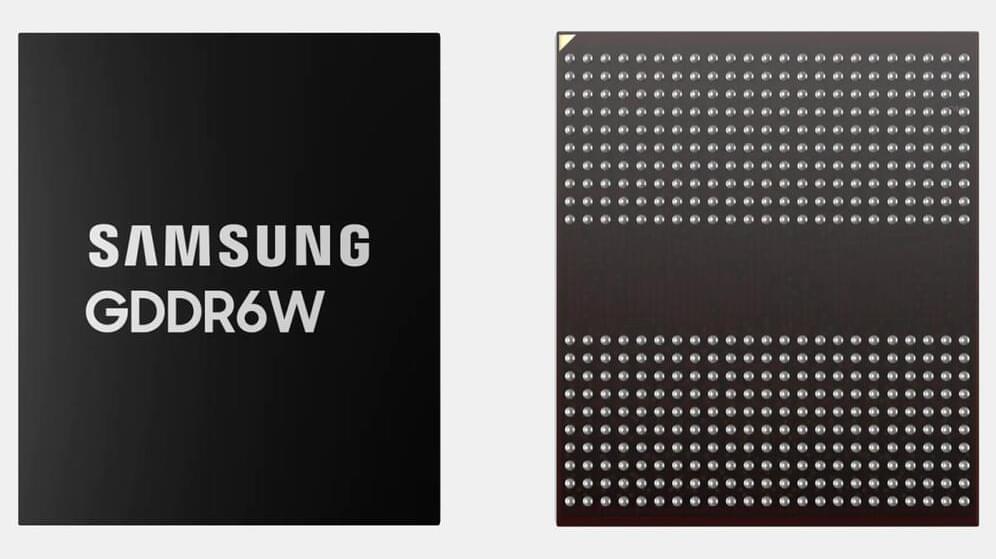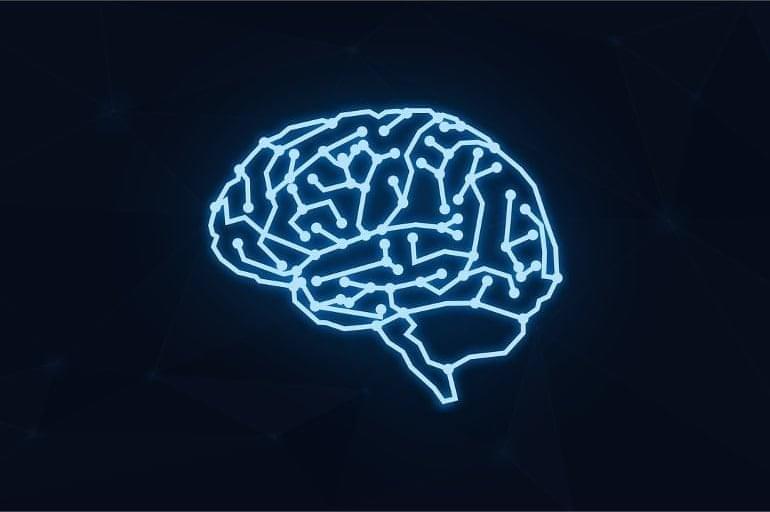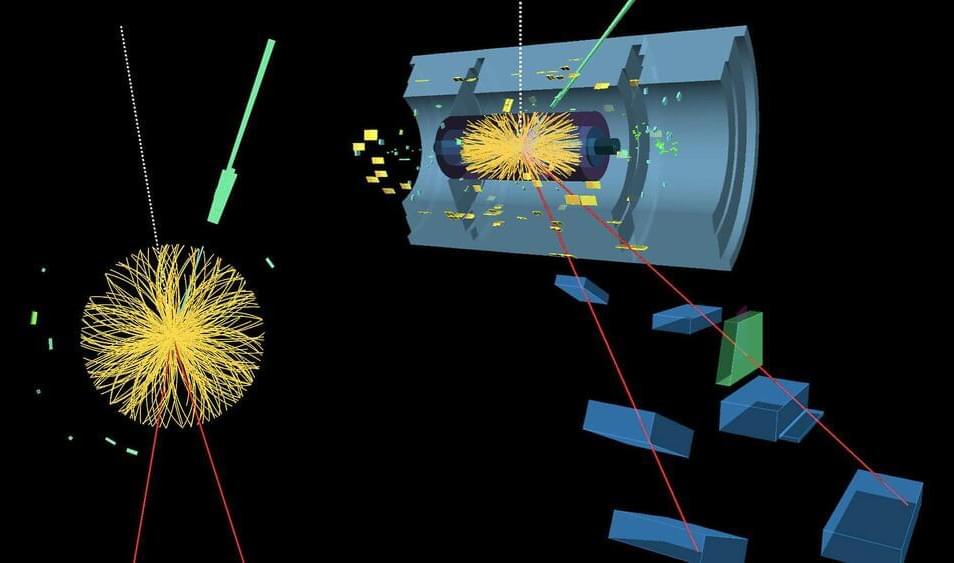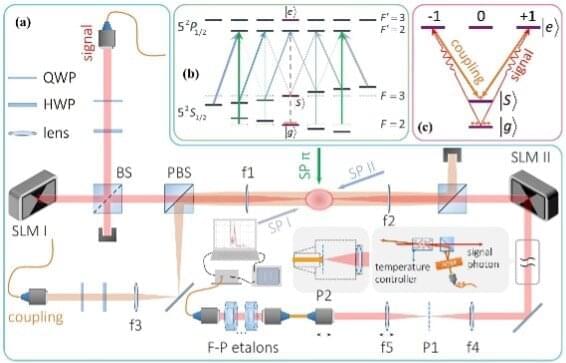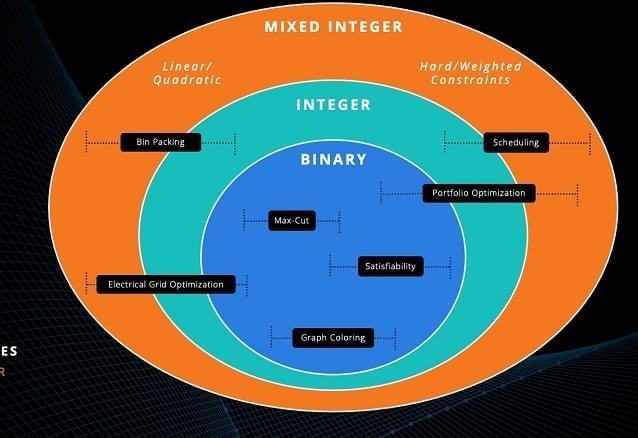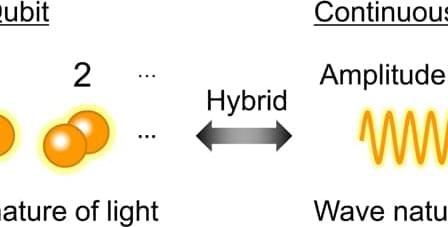It’ll be 100 percent electric by 2028.
Samsung has introduced (opens in new tab) its all-new type of GDDR6 memory that doubles the DRAM package’s capacity and increases interface width to double its peak bandwidth. Samsung’s GDDR6W chips use traditional BGA packaging and can be used for mainstream applications like the best graphics cards.
Contemporary GDDR6 and GDDR6X chips integrate one DRAM device with a 32-bit interface. By contrast, a GDDR6W chip packs two DRAM devices featuring and therefore features two 32-bit interfaces, thus doubling capacity (from 16Gb to 32Gb per chip) as well as interface width (from 32-bits to 64 bits). To do so, Samsung’s GDDR6W chips use the company’s Fan-Out Wafer-Level Packaging (FOWLP) technology that replaces traditional printed circuit board with a redistribution layer (RDL) that is thinner and has significantly finer wiring patterns.
Samsung’s GDDR6W devices generally use the same protocols as GDDR6 but offer higher performance and capacity. For example, a 32Gb GDDR6W memory chip could deliver a peak bandwidth of 176 GBps, up from 88 GBps in the case of a regular GDDR6 SGRAM chip. Meanwhile, building a 32Gb memory chip using two 16Gb memory devices might be cheaper than building a 32Gb monolithic memory device.
Year 2021 😁
Conducting medical research on lab-printed brains could be better than animal studies.
Summary: Researchers have identified two proteins that prevent the formation of scars in the brain and help promote the regeneration of new neural tissue.
Source: LMU
LMU researchers demonstrate in a zebrafish model that two proteins prevent scar formation in the brain, thereby improving the ability of tissue to regenerate.
Luka Selem says he was always a curious kid. Growing up in France, he was given copies of Science et vie junior, a science magazine for young people, by his parents.
“Since I was very young, I was always interested in quite a lot of things,” he says. “I was always asking, ‘Why? But why that? Why that, and then why that?’ I wanted to go all the way to the end. I was never satisfied by the answer.”
Particle physics, the study of the fundamental particles and forces that make up everything around us, turned out to be a good way for Selem to search for answers. “In particle physics, there is no other ‘why,’” he says. “No one can tell me the rest of the story. I have to find it myself with my colleagues.”
Recently, a team led by Prof. Guo Guangcan achieved long-lived storage of high-dimensional orbital angular momentum (OAM) quantum states of photons based on cold atomic ensembles, using a guiding magnetic field combined with clock state preparation. Their work was published in Physical Review Letters.
Previous work has shown that integrating multimode memory into quantum networks can greatly improve channel capacity, which is crucial for long distance quantum communication. The collective enhancement effect of the cold atomic ensemble makes it an efficient medium for storing photonic information. Although important progress has been made, many problems remain to be solved in long-lived spatial multimode memory based on cold atomic ensembles, one of which is how to achieve high fidelity for multimode memory after a long storage time since multiple spatial modes are more easily affected by the surrounding environment.
Based on the degrees of freedom of OAM, the team carried out research on the long-lived storage of high-dimensional multimode quantum states using the cold 85Rb system. In this work, to overcome the effect of inhomogeneous evolution due to the spatial complexity of stored OAM, the team used a guiding magnetic field to dominate atomic evolution and then employed a pair of magnetically insensitive states to suppress the decoherence in the transverse direction. After the clock states were employed, the destructive interference between different Zeeman sublevels was eliminated, which consequently extended the lifetime of faithful storage.
D-Wave Systems, a pioneer in quantum annealing-based computing, today announced significant upgrades to its constrained quadratic model (CQM) hybrid solver that should make it easier to use and able to tackle much larger problems, said the company. The model can now handle optimization problems with up to 1 million variables (including continuous variables) and 100,000 constraints. In addition, D-Wave has introduced a “new [pre-solver] set of fast classical algorithms that reduces the size of the problem and allows for larger models to be submitted to the hybrid solver.”
While talk of using hybrid quantum-classical solutions has intensified recently among the gate-based quantum computer developer community, D-Wave has actively explored hybrid approaches for use with its quantum annealing computers for some time. It introduced a hybrid solver service (HSS) as part its Leap web access portal and Ocean SDK development kit that D-Wave in 2020. The broad hybrid idea is to use classical compute resources where they make sense – for example, GPUs perform matrix multiplication faster – and use quantum resources where they add benefit.
The HHS also relies on familiar tools and helps deal with the nagging challenge of squeezing large practical problems onto, relatively speaking, D-Wave’s small quantum systems. Its systems are massive (Advantage has 2,000 qubits, Advantage2 is expected to have 5,000 qubits) compared with current gate-based quantum computer sizes (IBM is expected to soon debut a 400-plus qubit processor). But quantum annealing is a different beast and works differently. In most ways, the comparison is not at all apples-to-apples.
Chipmakers are looking for ways to boost speed as the end of Moore’s Law looms. Do silicon photonic chips hold the key?
Year 2019 face_with_colon_three
Photonic quantum computing is one of the leading approaches to universal quantum computation. However, large-scale implementation of photonic quantum computing has been hindered by its intrinsic difficulties, such as probabilistic entangling gates for photonic qubits and lack of scalable ways to build photonic circuits. Here, we discuss how to overcome these limitations by taking advantage of two key ideas which have recently emerged. One is a hybrid qubit-continuous variable approach for realizing a deterministic universal gate set for photonic qubits. The other is the time-domain multiplexing technique to perform arbitrarily large-scale quantum computing without changing the configuration of photonic circuits. These ideas together will enable scalable implementation of universal photonic quantum computers in which hardware-efficient error correcting codes can be incorporated. Furthermore, all-optical implementation of such systems can increase the operational bandwidth beyond terahertz in principle, ultimately enabling large-scale fault-tolerant universal quantum computers with ultrahigh operation frequency.
A multi-institutional team has created an efficient method for measuring high-dimensional qudits encoded in quantum frequency combs, a kind of photon source, on a single optical chip using already available experimental and computational resources.
Despite the fact that the word “qudit” may appear to be a typo, this less well-known relative of the qubit, or quantum bit, has the ability to carry more data and is more noise-resistant, two crucial characteristics required to enhance the performance of quantum networks, quantum key distribution systems, and eventually the quantum internet.
In contrast to traditional computer bits, which classify data as ones or zeros, qubits can hold values of one, zero, or both. This is due to superposition, a phenomenon that enables several quantum states to exist simultaneously. Qudit’s “d” refers to the variety of levels or values that may be encoded on a photon. Traditional qubits only have two levels, but by adding more levels, they become qudits.

